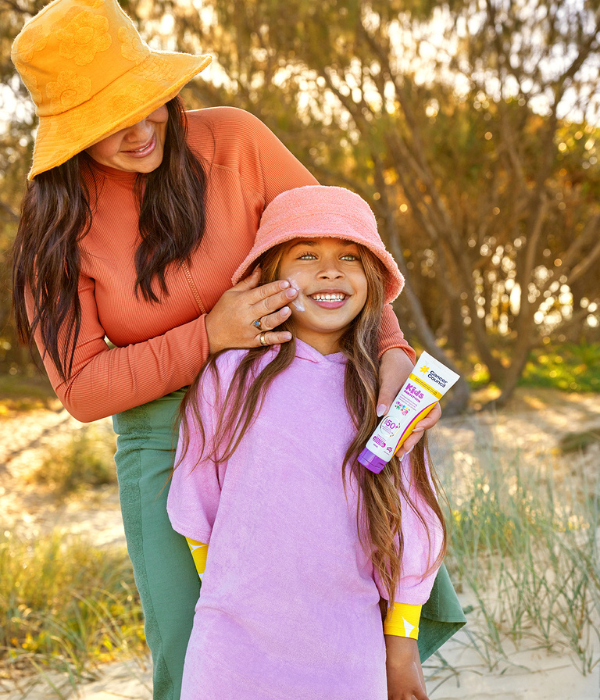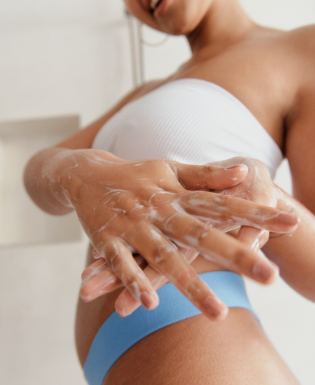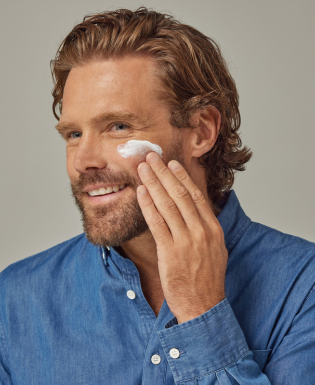Living in Australia, you’ve likely heard the words ‘ultraviolet radiation’ or ‘UV rays’ more times than you can count. UV is a daily threat with serious health repercussions, but what does it actually mean?
These invisible rays of radiation come from the sun and cause skin cancer by damaging your cells. The level of UV radiation in a given area is marked each day by a number between 0-15, letting you know how strong it is and how much of a risk it poses.
There are two types of UV rays that reach and affect our skin – UVA and UVB. Both operate on different wavelengths and impact different layers of the skin, but both are incredibly harmful through overexposure. Fortunately, both kinds can be protected against using a broad-spectrum sunscreen.
Here’s a deeper look at the key differences between UVA and UVB radiation, as well as the reasons to guard yourself against them.
UVA
On the science side of things, UVA rays have a higher wavelength and lower energy levels than UVB rays, and are able to penetrate the skin more intensely. This means they can affect cells deep within your skin to indirectly damage DNA.
Unlike UVB rays, UVA isn’t absorbed by the ozone layer. About 95 percent of UV radiation that reaches the ground (and in turn, your skin) is in the form of UVA rays. These rays cause tanning and sunburns, and tend to have an immediate effect on your skin. Typically, you’ll notice the damage they’re causing right away.
As well as contributing to your risk of developing skin cancer, UVA rays cause skin to age prematurely. This results in visible signs of ageing, like wrinkles.
UVB
UVB rays, on the other hand, have a shorter wavelength and higher energy levels. They affect the surface layers of the skin and cause direct damage to DNA.
UVB radiation is partially absorbed by the ozone layer, but not entirely. These rays make up about 5 percent of UV radiation exposure at ground level. While UVA damage appears immediately after sun exposure, sunburns from UVB rays often take a few hours to show themselves. This means their effects are less obvious, and damage can be caused long before you realise it.
UVB radiation is the cause of most skin cancers, and can also contribute to the premature ageing of skin.



